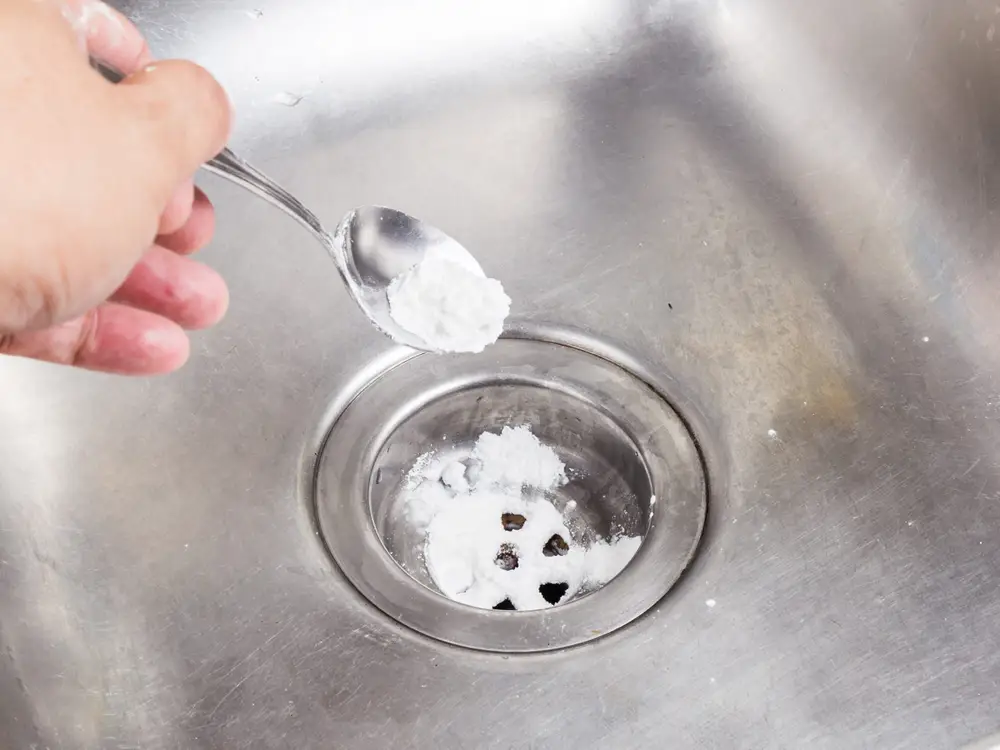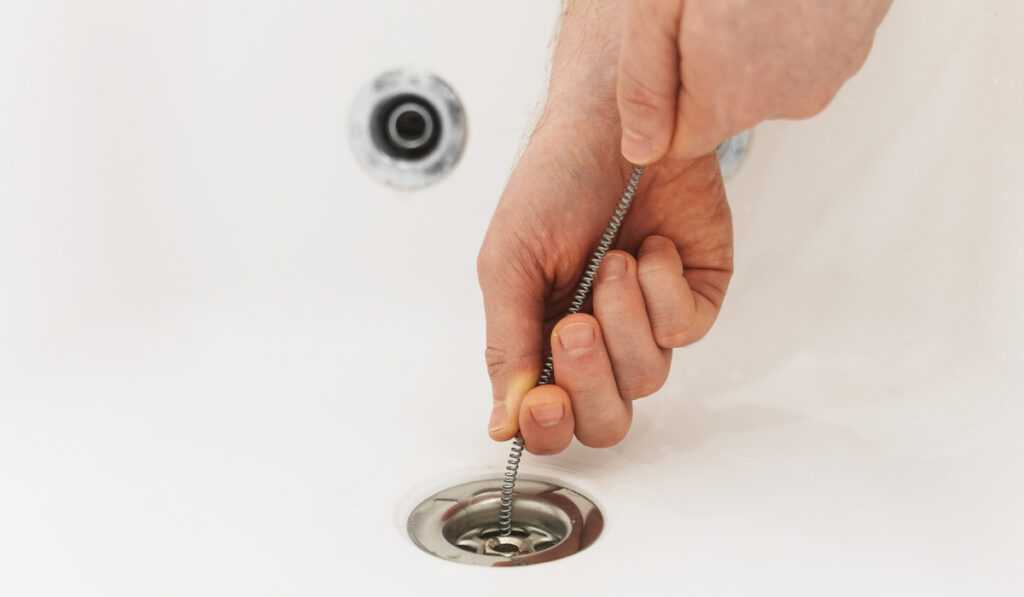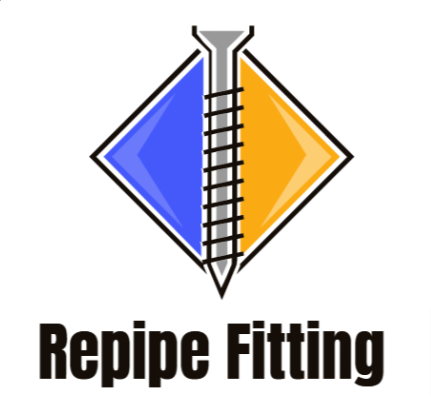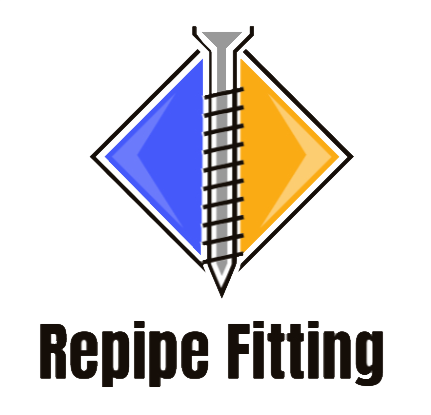Introduction:

Hey there! If you’ve ever faced the frustration of a clogged drain, you’re not alone. But before you reach for that store-bought drain cleaner, did you know there’s a natural way to unclog drains? Not only are these methods safe and effective, but they also ensure the longevity of your plumbing system. Let’s dive into the world of DIY drain cleaning solutions and explore the benefits of going natural.
The Importance of Maintaining Clear Drains:
A clear drain is more than just a convenience; it’s a necessity for maintaining the hygiene and functionality of your home. Clogged drains can lead to:
Odors: The accumulation of debris, scum, and bacteria on drain walls can produce unpleasant smells.
Slow-moving drains: Hair clogs, grease clogs, and accumulation of debris can slow down the water flow.
Water damage: Overflowing sinks or showers can damage your home’s infrastructure.
Health risks: Stagnant water can become a breeding ground for harmful bacteria.
The Dangers of Commercial Chemical-based Drain Cleaners:

While it might be tempting to grab a commercial drain cleaner from your local home improvement shop, these products often contain toxic chemicals like sodium hydroxide. Here’s why you might want to reconsider:
Corrosive nature: Chemical drain cleaners can be corrosive, leading to pockmarks in metal drains made of steel, iron, or copper.
Harm to PVC pipes: The temperature reaction caused by these chemicals can warp or damage PVC pipes.
Environmental harm: These chemicals can be detrimental to the environment, affecting both land and water ecosystems.
Health risks: Prolonged exposure or accidental ingestion can be harmful.
1. Baking Soda and Vinegar: A Dynamic Duo

Ah, the classic combination of baking soda and vinegar! This dynamic duo has been a staple in many households for years, not just for cooking, but also as a natural unclog solution. Let’s dive into this method and see why it’s a favorite among DIY enthusiasts and professional plumbers alike.
Description of the Method and its Effectiveness:
When you combine baking soda (a base) with vinegar (an acid), a chemical reaction occurs, producing carbon dioxide. This bubbling action can effectively break down the scum, grease, and debris that’s causing the clog in your drain. Moreover, the abrasive nature of baking soda can scrub away biofilm and bacteria from the drain walls, ensuring a cleaner, more efficient drain system. It’s a natural remedy that’s both safe for your pipes, whether they’re PVC or metal, and the environment.
Step-by-step Guide:
Ready to give it a try? Here’s a simple step-by-step guide to unclog your drain using this organic method:
Pour Boiling Water Down the Drain:

Start by boiling a kettle of water. Once it’s ready, carefully pour the boiling water down the drain. This initial step helps to melt and loosen any grease or oil that might be contributing to the clog.
Add ½ Cup of Baking Soda Followed by ½ Cup of Vinegar:
Next, pour the baking soda into the drain, ensuring it goes down as much as possible. Follow this up quickly with the vinegar. You’ll immediately notice the bubbling action – that’s the carbon dioxide being released, working its magic on the clog!
Wait for 10-15 Minutes:
Patience is key here. Allow the baking soda and vinegar to sit and react for about 10 to 15 minutes. This waiting period ensures that the reaction has enough time to break down the clog effectively.
Flush with Boiling Water:
After waiting, pour another kettle of boiling water down the drain. This will help flush away the broken-down debris and any remaining baking soda or vinegar residue.
2. Boiling Water and Dish Soap: Simple Yet Powerful

Sometimes, the simplest solutions can be the most effective. Enter boiling water and dish soap, a combination that’s both easy to find and powerful against clogs.
The Science Behind Why This Method Works:
Liquid dish soap is designed to break down grease and oil, two common culprits behind clogged drains. When combined with boiling water, the heat helps to melt and dislodge any grease, oil, or debris stuck in the pipes. The dish soap then encapsulates these particles, allowing them to be flushed away easily. This method is particularly effective for kitchen sinks where grease clogs are common.
Steps to Use This Method Effectively:
Boil a Kettle of Water: Ensure you have enough boiling water to flush the drain thoroughly.
Add a Generous Squirt of Dish Soap: Pour a good amount of liquid dish soap down the drain.
Pour the Boiling Water: Slowly and carefully pour the boiling water down the drain to activate the dish soap and melt away the clog.
Wait and Rinse: Allow the mixture to sit for 10 minutes, then rinse with hot tap water to ensure the clog is completely cleared.
3. The Classic Plunger Technique
Ah, the trusty plunger! A staple in most households and a testament to its effectiveness. But did you know that using it in combination with natural agents like baking soda and vinegar can enhance its unclogging power?
How Plungers Can Be a First Line of Defense Against Clogs:
A plunger works by creating a vacuum that generates pressure, helping to dislodge clogs. When you have a stubborn clog, sometimes all it needs is a bit of pressure to break free. This makes the plunger an essential tool in your DIY plumbing arsenal.
Tips for Using a Plunger Effectively with Baking Soda and Vinegar:
Prep the Sink: Before you start, ensure there’s enough water in the sink or tub to cover the plunger’s rubber part.
Add Baking Soda and Vinegar: Pour the baking soda followed by vinegar into the drain and let it sit for about 10 minutes. This will help break down the clog.
Position the Plunger: Place the plunger over the drain, ensuring it has a good seal.
Plunge Away: With firm and even strokes, push down and pull up, maintaining the seal. Do this for about 20-30 seconds.
Check the Drain: Lift the plunger and see if the water starts to drain. If it’s still clogged, you might want to repeat the process or consider other Clogged Sink Drain Solutions.
4. Baking Soda and Salt: A Salty Solution

When you think of salt, seasoning food might be the first thing that comes to mind. But did you know that combined with baking soda, it can be a potent drain unclogging agent?
Explanation of How the Combination Works:
Salt, being abrasive in nature, can help scrub away the biofilm and scum that sticks to the drain walls. When combined with baking soda, a base, it creates a reaction that can break down the grease and debris causing the clog. This combination is especially effective for metal drains, such as those made of steel, iron, or copper, as it can scrub away pockmarks without being corrosive.
Instructions for Use:
Mix Equal Parts: Combine equal parts of baking soda and salt.
Pour the Mixture: Pour the mixture down the clogged drain.
Wait: Allow it to sit for 15-20 minutes. This gives it time to break down the clog.
Flush with Boiling Water: Pour boiling water down the drain to wash away the disintegrated clog.
5. The Fizzing Power of Coca-Cola
Yes, you read that right! The same Coca-Cola you drink can be used to unclog drains. Let’s explore this fizzy solution.
How Carbon Dioxide in Coca-Cola Helps Break Up Clogs:
Coca-Cola contains phosphoric acid, which can break down buildup in drains. The carbon dioxide bubbles in the soda also help in dislodging debris stuck in the pipes. It’s a natural remedy that’s both safe and surprisingly effective.
Steps to Use Coca-Cola as a Drain Cleaner:
Buy a Bottle: Get a 2-liter bottle of Coca-Cola. Ensure it’s at room temperature.
Pour it Down: Empty the entire bottle down the clogged drain.
Wait: Let it sit for 1-2 hours. The longer it sits, the more effective it will be.
Rinse with Hot Water: Flush the drain with hot water to clear out the debris.
6. Wire Coat Hanger: A Handy Tool

Sometimes, the best tools are the ones you already have at home. A wire coat hanger can be transformed into a handy tool to manually remove obstructions from your drain.
Using a Wire Coat Hanger to Manually Remove Obstructions:
Straighten the hanger but leave a small hook at one end. Insert the hooked end into the drain and start fishing. You’ll be surprised at the amount of hair and debris you can pull out, especially from bathroom sinks and shower drains.
Safety Precautions to Consider:
Be Gentle: Avoid pushing the clog further down.
Protect Your Pipes: Ensure you don’t scratch or damage PVC pipes. Clean the
Hanger: After use, ensure you clean and disinfect the hanger.
7. Borax, Salt, and Vinegar: Triple Threat
When it comes to natural unclog solutions, combining the power of Borax, salt, and vinegar can be a game-changer. These three ingredients, each potent on their own, can work wonders when used together.
The Combined Power of These Three Ingredients:
Borax, a natural mineral, has been used for cleaning purposes for decades. Its abrasive nature helps scrub away the biofilm and scum clinging to the drain walls. Salt, as we’ve discussed before, can tackle grease and debris. Vinegar, with its acidic properties, can break down clogs and also act as a deodorizing agent, eliminating odors. When these three are combined, they create a powerful drain cleaning solution that’s both effective and environmentally friendly.
Step-by-Step Guide for Effective Use:
Mix the Ingredients: Combine ¼ cup of Borax, ¼ cup of salt, and ½ cup of vinegar in a bowl.
Pour Down the Drain: Slowly pour the mixture into the clogged drain.
Wait: Let the concoction sit for about 30 minutes to an hour. This gives it ample time to break down the clog.
Flush with Boiling Water: After waiting, pour boiling water down the drain to rinse away the dissolved clog and any residue from the mixture.
Common Causes of Drain Clogs:
Understanding the common culprits behind drain clogs can help in prevention. Let’s delve into some of the usual suspects.
Hair and its Impact on Drains:
Hair is a primary culprit, especially in shower drains. Over time, hair can bind with grease and other sticky substances, forming a clog. Regularly cleaning hair traps can prevent this issue.
The Dangers of Grease and Oil:
Grease and oil might seem harmless when hot, but as they cool down, they solidify, sticking to the pipes and causing blockages. It’s always best to dispose of grease and oil in the trash rather than down the sink.
Food Particles and Their Contribution to Clogs:
Bits of food can accumulate in kitchen sinks, leading to clogs. Using a drain strainer can help catch these particles, preventing potential blockages.
Hygiene Products to Avoid Flushing:
Flushing items like tampons, diapers, and hygiene products can lead to severe clogs. Always dispose of these in the trash.
Conclusion:
Navigating the world of plumbing, especially when faced with a clogged drain, can be daunting. But as we’ve explored, there are numerous natural methods at your disposal that are both effective and environmentally friendly.
The Benefits of Using Natural Methods Over Chemical Solutions:
Opting for natural unclog solutions like baking soda, vinegar, and boiling water not only protects your pipes from the corrosive effects of chemical cleaners but also ensures the safety of your household and the environment. Chemical drain cleaners often contain harmful substances like sodium hydroxide, which can damage PVC pipes, harm the plumbing system, and even pose health risks.
Encouraging Regular Maintenance to Prevent Severe Clogs:
Prevention, as they say, is better than cure. By regularly cleaning your drains using organic methods and being mindful of what goes down them (like grease, food particles, and hygiene products), you can prevent severe clogs and ensure smooth plumbing.
Call to Action: Reach Out to Professional Services if Clogs Persist:
While DIY methods are effective for minor clogs, persistent blockages might require a more professional touch. Don’t hesitate to consult with a Professional Plumbing Services Consultation if you’re in doubt. Remember, it’s always better to address the issue sooner rather than later.
FAQ:
Q1: Is it Safe to Pour Boiling Water Down PVC Pipes?
While boiling water can be effective in breaking down clogs, it’s essential to be cautious with PVC pipes. Extreme temperature changes can weaken or damage them. It’s recommended to use hot tap water instead of boiling water for PVC pipes.
Q2: Why Should We Avoid Commercial Chemical Drain Cleaners?
Commercial chemical drain cleaners often contain corrosive chemicals that can harm your pipes, especially PVC ones. They can also pose health risks if inhaled or come into contact with the skin. Moreover, they’re harmful to the environment, making their way into water sources and harming aquatic life.
Q3: How Often Should I Use Natural Methods to Clean My Drains?
For regular maintenance, using natural methods once a month can help prevent clogs and keep your drains running smoothly. However, if you notice slow-moving drains or other signs of a clog, you can use these methods as needed.
Q4: Can These Natural Methods Damage My Pipes?
Natural methods, when used correctly, are generally safe for all types of pipes. However, always be cautious with extreme temperatures on PVC pipes and avoid using abrasive substances that might scratch or damage the pipe’s interior.
Q5: What Should I Do if the Natural Methods Don’t Work?
If you’ve tried multiple natural methods and the clog persists, it might be time to consult a professional plumber. Persistent clogs can be a sign of more significant issues that require expert attention.

